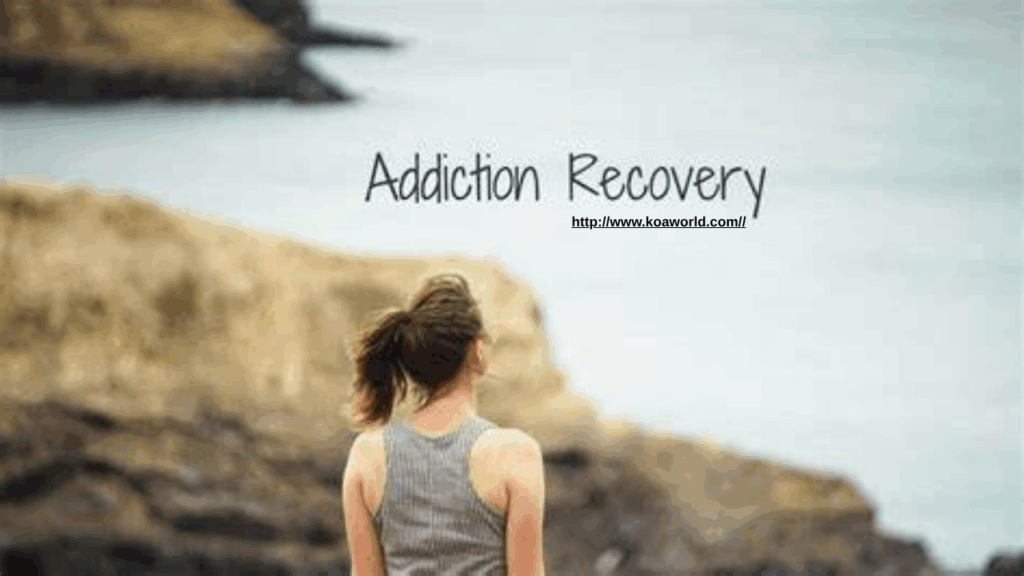
For decades, abstinence-based recovery dominated addiction treatment, promoting complete cessation of substance use as the only acceptable goal. While abstinence works for many, it does not suit everyone. In recent years, a broader range of evidence-based approaches—such as harm reduction, medication-assisted treatment (MAT), and integrated care—has gained recognition for their effectiveness in addressing addiction more compassionately and practically.
The Limitations of an Abstinence-Only Model
Abstinence-based programs, such as 12-step recovery, have helped countless people reclaim their lives. However, the rigidity of complete abstinence can deter individuals who aren’t ready—or able—to stop using entirely. For some, the pressure to achieve immediate and total sobriety may increase feelings of shame, failure, or hopelessness after a relapse, potentially deterring them from continuing with treatment.
Not all people with substance use disorders follow the same recovery trajectory. Recognizing this, modern treatment has evolved to embrace a spectrum of care that includes various goals and pathways to wellness.
Harm Reduction: Meeting People Where They Are
Harm reduction focuses on minimizing the negative consequences of substance use rather than requiring complete abstinence. This approach accepts that while some individuals may not be ready to stop using entirely, they can still take steps to reduce risks to their health and well-being.
Examples of harm reduction include:
- Providing clean syringes to prevent the spread of infectious diseases
- Distributing naloxone to reverse opioid overdoses
- Offering supervised consumption sites
- Educating users about safer practices
These strategies not only save lives but also build trust and create pathways for individuals to engage with healthcare and support services. Harm reduction recognizes the dignity and autonomy of people who use drugs, reducing stigma and promoting more effective public health outcomes.
Medication-Assisted Treatment: A Scientific Approach to Recovery
Medication-Assisted Treatment (MAT) combines FDA-approved medications with counseling and behavioral therapies. Commonly used for opioid and alcohol use disorders, MAT has been shown to reduce cravings, prevent relapse, and improve long-term outcomes.
Medications like methadone, buprenorphine, and naltrexone help stabilize brain chemistry and restore balance. Contrary to misconceptions, MAT is not “trading one addiction for another.” Instead, it supports recovery by alleviating withdrawal symptoms and allowing individuals to focus on rebuilding their lives.
MAT is particularly effective when integrated with therapy, peer support, and case management. Despite strong evidence backing MAT, access remains limited in many areas due to stigma, lack of providers, or restrictive policies.
A Comprehensive, Individualized Approach
No single treatment works for everyone. Today, best practices in addiction care emphasize individualized treatment plans that consider a person’s physical, emotional, social, and psychological needs. Integrated care—combining medical, mental health, and social services—can improve treatment engagement and success.
Recovery is not a linear path. Some people may transition from harm reduction to abstinence over time, while others may benefit from long-term MAT. The key is flexibility, compassion, and respect for each person’s unique journey.
Conclusion
Addiction recovery is evolving beyond the one-size-fits-all model of abstinence. Harm reduction, MAT, and integrated approaches offer a broader, more inclusive spectrum of care. By embracing these alternatives, we can meet people where they are, reduce harm, and empower more individuals to reclaim their health and future—on their own terms.
